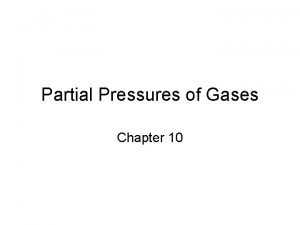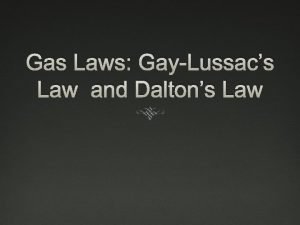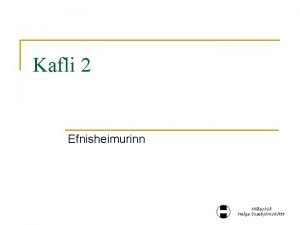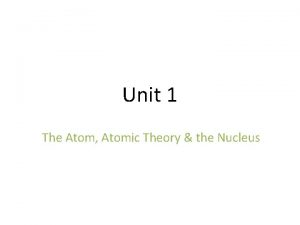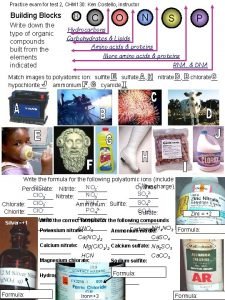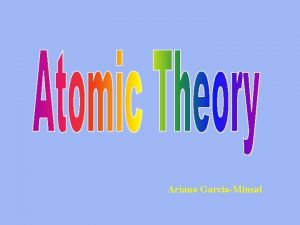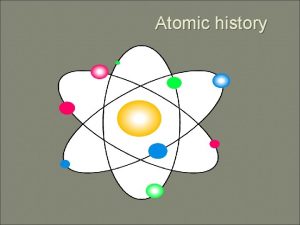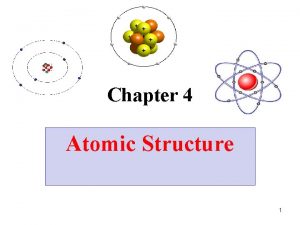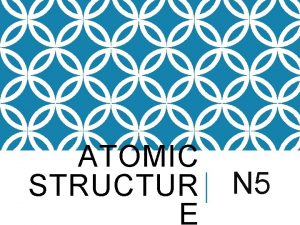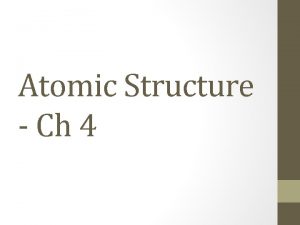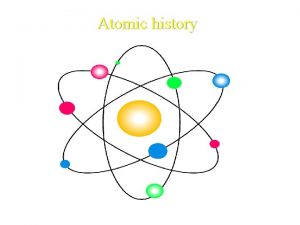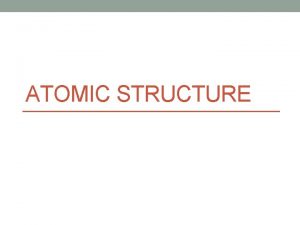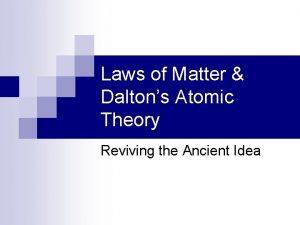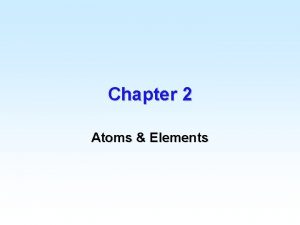Atomic Theory Chem 11 Daltons Atomic Theory 1















- Slides: 15

Atomic Theory Chem. 11

Dalton’s Atomic Theory • 1 All matter is made up of invisible particles called atoms • 2 All atoms of one element are identical. The atoms of any one element are different from those of all other element. • 3 Chemical change is the union or separation of atoms • 4 Atoms combine in small whole number ratios to form compounds.

Thomson’s Model • Joseph Thomson realized that the accepted model, of his time, did not take into account electrons and protons. • Thomson created a new model, known as the “plum pudding atom. ”

Thomson’s Model • His model contains negatively charged electrons, raisons, which are stuck into a lump of positively charged protons, dough. • The model does not contain any neutrons as they were not discovered during Thomson’s time.

Thomson’s Model • Fails to explain about the number of protons, their arrangement in the atom, or the ease with which atoms are stripped of electrons to form ions

Rutherford’s Model • Ernest Rutherford performed the Gold Foil experiment, which led to his discovery of the nucleus • Rutherford proposed the nuclear atom in which electrons surround a dense nucleus.

Rutherford’s Model • The Gold foil experiment involved the firing of radioactive particles through a thin gold foil and detecting the particles using screens coated with zinc sulfide. • Rutherford discovered that though most of the particles travelled straight through the foil, some particles were deflected.

Rutherford’s Model • He concluded that the atom is mainly empty space with all the positive charge and mass being located in the center known as the nucleus. • An argument with Rutherford’s model is what is keeping the negatively charged electrons from being attracted to the positively charged nucleus? • Later experiments showed that the nucleus was composed of protons and neutrons

Bohr’s Model • Niels Bohr developed a new atomic model to answer the question of why electrons do not collapse into the nucleus in Rutherford’s model. • He proposed that electrons are arranged in concentric circular paths, know as orbits, around the nucleus.

Bohr’s Model • His model is fashioned after the motions of the planets around the sun. • It is often referred to as the planetary model. • Bohr proposed that the electrons in a particular path have a fixed energy; the electrons do not lose energy and do not fall into the nucleus

Energy Levels • The Energy Level of an electron is the region around the nucleus where it is likely to be moving. • The lowest rung of the ladder corresponds to the lowest energy level • An electron can move from one energy level to another, but it cannot stop between levels

Energy Levels • An electron must lose or gain just the right amount of energy to move from one energy level to another. • The amount of energy gained or lost by every electron is not the same. • The energy levels in an atom are not equally spaced.

Energy Levels • A Quantum of energy is the amount of energy required to move an electron from its present energy level to the next higher level. • The energies of electrons are said to be quantized • In general, the higher an electron is placed on the energy ladder, the larger the diameter of the circular path of that electron

Quantum Mechanical Model • The Quantum Mechanical Model is the modern description of the electrons in atoms • The model leads to quantized energy levels for an electron, but it does not define the exact path an electron takes around the nucleus

Quantum Mechanical Model • The model is concerned with the likelihood of finding an electron in a certain position. • It is similar to a cloud; the most dense portion is where the probability of finding an electron is larger.
 Daltons gas law
Daltons gas law Dalton's gas law
Dalton's gas law Site:slidetodoc.com
Site:slidetodoc.com John dalton atomic theory
John dalton atomic theory Daltons experiment
Daltons experiment Relative atomic mass of beryllium
Relative atomic mass of beryllium Trends in the periodic table of elements
Trends in the periodic table of elements Radius size trend
Radius size trend O
O Differentiate between atomic number and mass number
Differentiate between atomic number and mass number Atomic number vs atomic radius
Atomic number vs atomic radius Iannonechem
Iannonechem Ap chem unit 7
Ap chem unit 7 Types of intermolecular forces
Types of intermolecular forces Chm 130 chapter 12 practice problems answer key
Chm 130 chapter 12 practice problems answer key Eth meth
Eth meth
